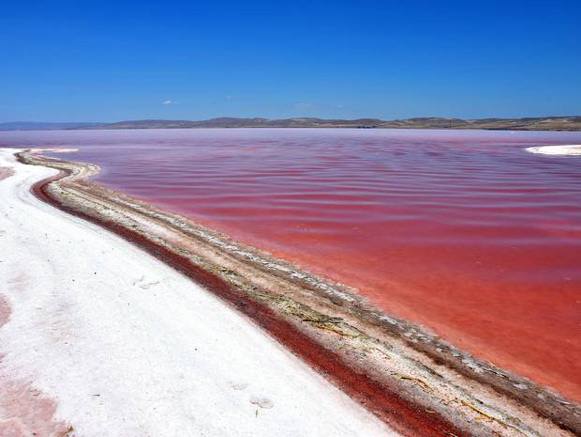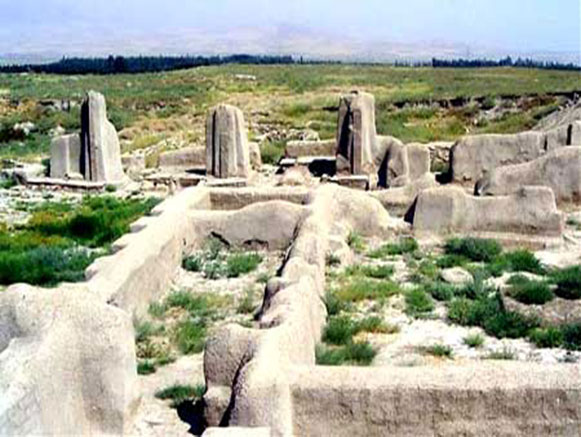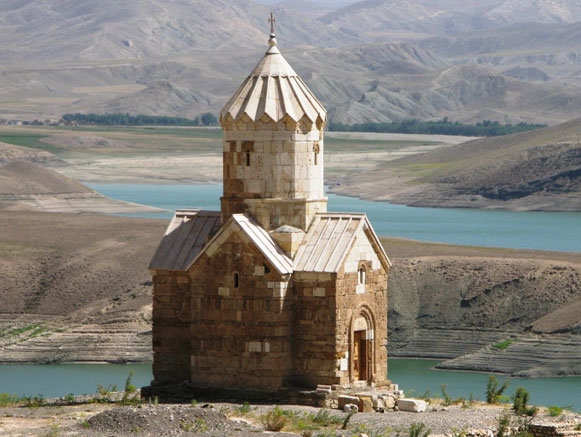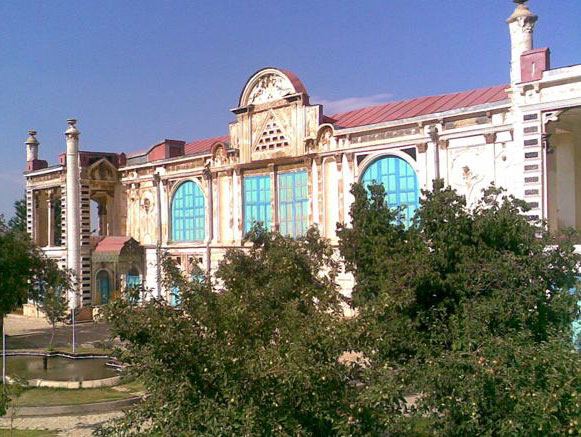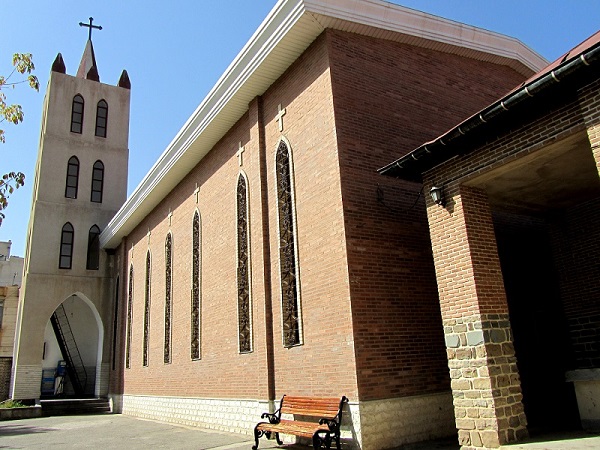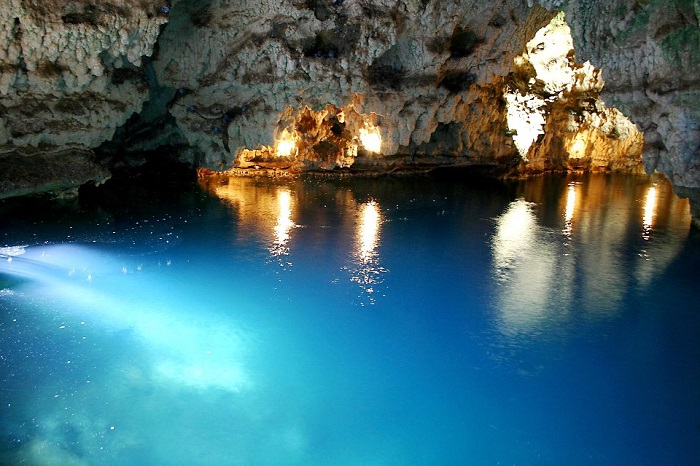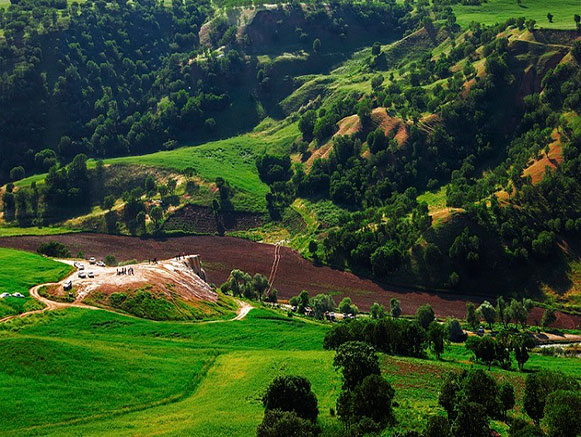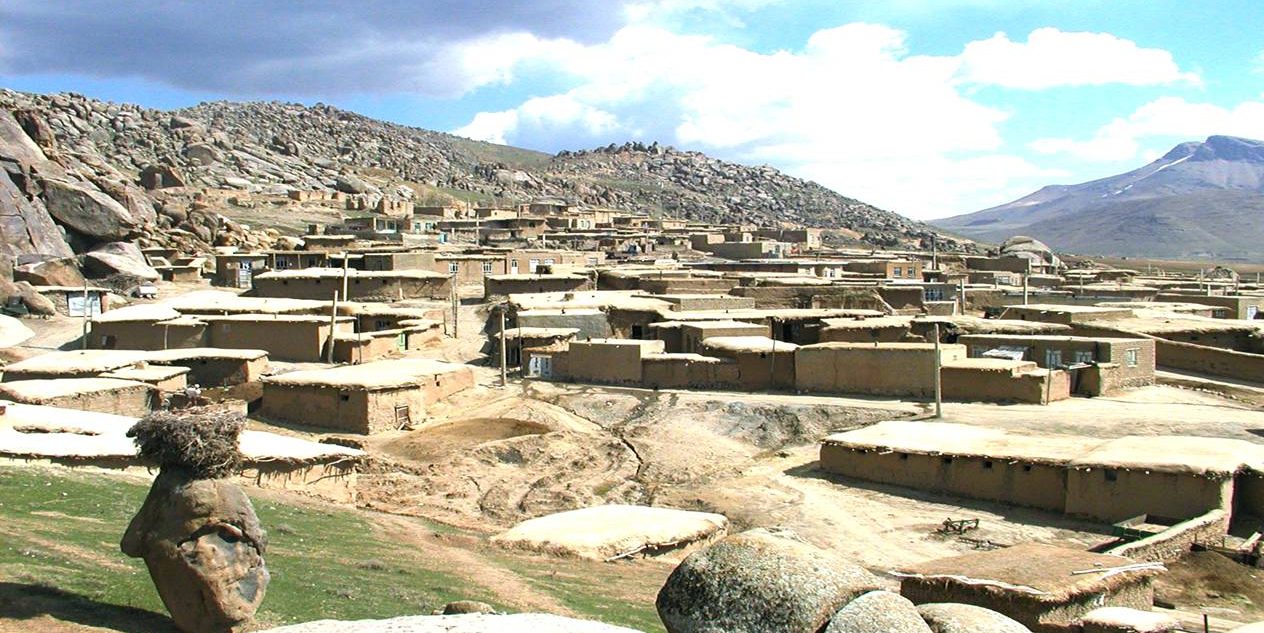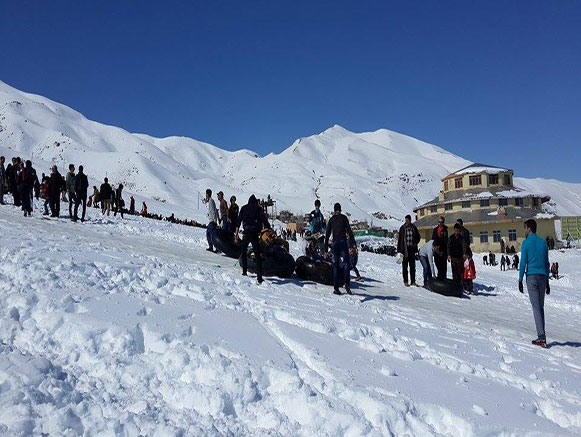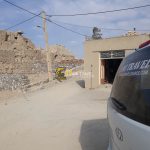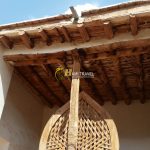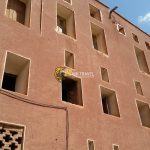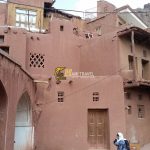About West Azerbaijan Province
West Azerbaijan province is located at northwest of Iran and is bordered by the Republic of Azerbaijan from north, Turkey from west and northwest, Iraq from west and neighbors the East Azerbaijan province from the east and Kordestan province from south. Its center is Urmia city. Having about 1000 kilometers of main roads and highways that connect northernmost point of the province (Bazargan border) to its southernmost part (Bukan), West Azerbaijan province, has adequate ground transit accessibility. According to the archeological findings of Teppe Hasanlu and other historical discoveries, this province has more than five thousand years of history and many different people have resided in it through different periods of history. West Azerbaijan province, based on its ancient history, has many ancient monuments some of which have global significance and have been registered in the list of UNESCO World Heritage.
Most Popular Tourist Attractions Of West Azerbaijan Province
